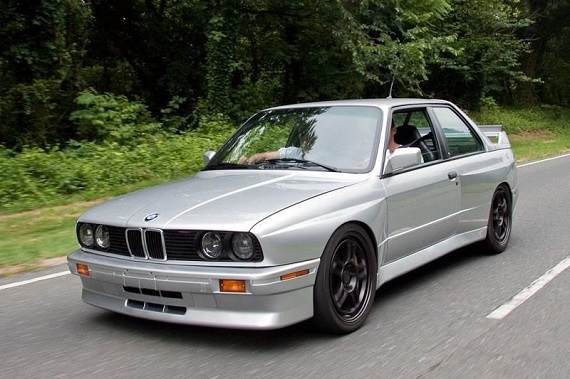
The Great Schism was a time of religious crisis for Europe; between 1378 and 1417, there were two Popes. In the early 1300s, a French-born Pope moved the head of the church from Rome to Avignon in France. This was significant for many reasons; Rome had been the spiritual home of the aptly named Roman Catholic Church since the establishment of the 5 main churches by the first Council of Nicea under Roman Emperor Constantine; the first Christian Roman Emperor and the one mostly responsible for converting Europe to Christianity. There are many more stories wrapped up in the ensuing 1,000 years of religious history, but ultimately let’s just say it was a pretty big deal to move the Chair of St. Peter. Ultimately this period, sometimes known as the period of Babylonian Captivity (itself a reference to the actual Babylonians capturing and enslaving the Jewish population about 500 years before Christ was born, if you’re into that sort of thing), resulted in a poor reputation for the Papacy and the Church, as corruption ran rampant through the higher positions in religion. So, in an attempt to correct things, in 1378 the new Pope tried to undo this by returning to Rome. This, of course, pissed the French off. So, they simply claimed they had their own Pope. And since this was during the Hundred Years War, this ultimately split Europe into religious waring factions, each aligned with a different Pope. Not to be outdone, the trading city of Pisa (yes, that leaning tower one…) also briefly claimed they also had their own Pope. Though it ultimately was resolved in 1417 by Church-wide decree that the true Pope was indeed back in Rome, it was the beginning of the end of the omnipotence of the Catholic Church in Christianity, which 100 years later would experience the Protestant Reformation, completing the religious divide of Europe.
Where am I going with this? I think the same divide exists between automobile enthusiasts; two camps, both of whom see their way of expressing enthusiasm as the right way. And, in general, at least one camp doesn’t like how the other camp does things. Ten years ago no one would probably have blinked an eye at someone modifying an E30 M3; however, ten years ago E30 M3s were still effectively throw-away performance economy cars to most people. So that someone hacked one up and threw a Dinan-stroked 5.7 liter V10 and 6-speed into one wouldn’t have raised eyebrows until they were the darling in the marketplace:








